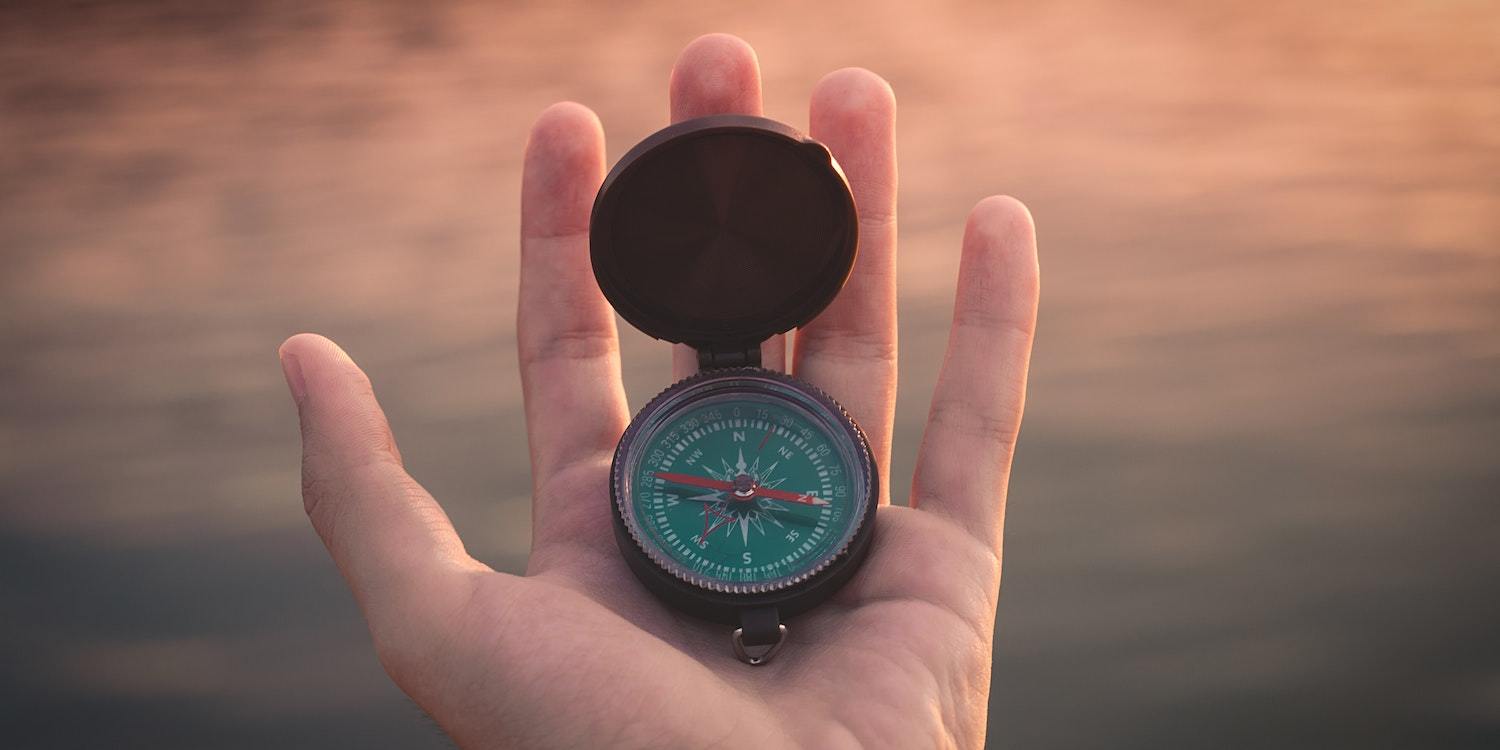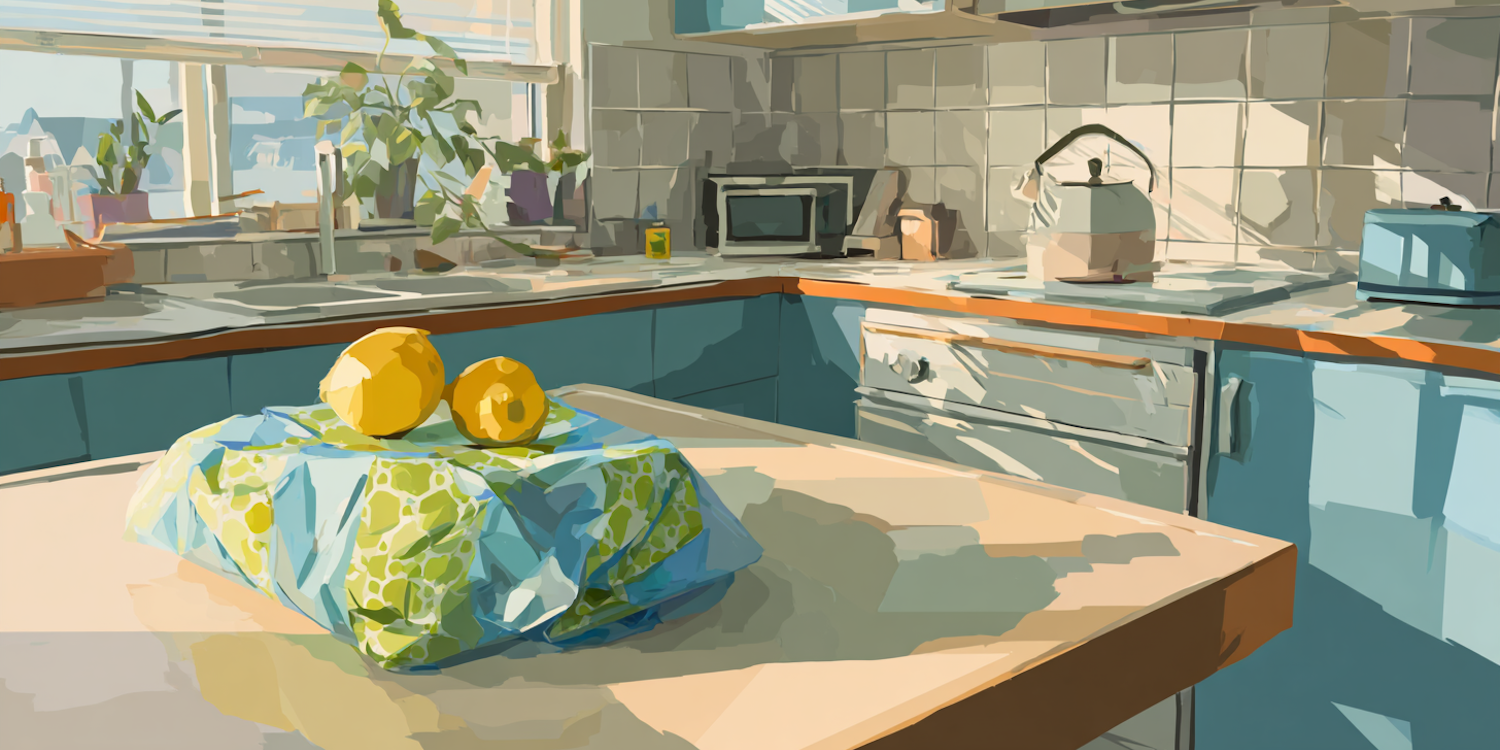Picture a Venn Diagram in your mind. One side is labeled “Minimalism.” The other is labeled “Sustainability.” And in the middle, there’s a place where they overlap.
Minimalism is focused on reducing excess and finding clarity. This can include minimizing possessions, activities and other clutter in your life.
Sustainability is focused on making choices that are good for people and the planet. This may mean shopping consciously, avoiding waste or replenishing natural resources.
While minimalism and sustainability are different, they can work together in beautiful ways. Eco-minimalism lets you enjoy the clarity and peace of minimalism and feel the positive sense of purpose sustainability brings.
3 Clear Ways Minimalism is Sustainable
First, minimalism is all about reducing consumption. In a world that’s often driven by consumerism, this makes a big difference. Buying and using fewer things reduces your carbon footprint and the waste you create.
Second, many minimalists try to purchase items that last. Modern products are often made with a short lifespan, ready to be thrown away when a new trend hits. So choosing durable products over flimsy ones helps cut down on what you send to the landfill.
Finally, minimalism invites you to change your perspective and mindset. Once you discover the joy of living with less, you’ll never see things the same way again. Becoming a minimalist gave me new eyes when walking through a big-box store: cheap trinkets and plastic decorations don’t tempt me like they used to.
These positives are powerful. But, if we’re not mindful, there are some ways that minimalism can be harmful to the environment too.
The Unsustainable Side of Minimalism
In general, minimalism focuses on owning less and curating a tidy space. This sounds like a good thing, and it is! However, there may be unseen consequences to your weekend decluttering.
When we discard things, we often send them to a secondhand shop, the recycling bin or the trash. This simple act can lead to big-picture issues like:
- Wishcycling — sending non-recyclable items to waste facilities leads to wasted materials and headaches for workers
- Global pollution — many of our secondhand items end up shipped to developing countries, where they create an environmental and economical burden
- Landfill waste — in the United States alone, clothing and furniture create over 19 million tons of landfill waste every year
Purchasing new items to fit a minimalist aesthetic also has an impact. Buying from unethical or unsustainable businesses can harm people, animals and the environment. One example is “fast furniture,” a lesser-known cousin of fast fashion. These furniture items are often made unethically and consume a huge amount of natural resources. To make their furniture, IKEA uses one percent of all commercially-harvested wood in the world. That’s a lot of trees!
These issues are real and important. But does that mean you have to swear off minimalism all together? Definitely not.
How to Become an Eco-Minimalist
Remember our Venn Diagram? The middle circle, where minimalism and sustainability overlap, is our Goldilocks zone. Many advocates call it sustainable minimalism or “eco-minimalism.”

Eco-minimalism brings together the best parts of minimalist and sustainable living. Like pure minimalism, it helps you find more space and peace in your life. And it combines that with sustainability — helping you make choices that have a positive impact on the world.
Here are three simple ways you can start your journey to eco-minimalism.
1. Declutter and Discard Responsibly
In our post on getting started with minimalism, we break down an easy way to declutter the green way. This includes sorting items into categories like keep, donate, recycle, compost, discard or decide later. (And making sure each item can be processed correctly.)
With these steps, you reduce the amount of trash you send to the landfill. This is good news for the planet, since landfill waste produces millions of tons of greenhouse gas emissions every year.
Another key to responsible decluttering is knowing where your donations go. Before you just drop off a bag at a thrift shop, first try other options like holding a yard sale, listing them for free or donating them to a reputable organization or local shelter.
2. Shop Sustainably
On the other end of the process, you can make minimalism more sustainable by shopping consciously. Minimalism is becoming more mainstream. This means that more companies are marketing products with a minimalist aesthetic in mind. Unfortunately, not all of these products are good for the environment.
You can shop more sustainably by:
- Shopping second hand — you can often find high-quality items at lower price points, and you extend the item’s useful life
- Supporting sustainable, ethical brands — choose brands that are invested in creating a better future (we research every brand in our shop to make this easy for you; learn more about the brands we work with here)
- Purchasing items that last — sourcing well-made, durable products means you can use them longer and reduce waste
Choosing to shop sustainably doesn’t mean sacrificing the clean, minimalist look you love. Many sustainable products also look gorgeous and save space. For example, Kaolin Beauty’s Cheek & Lip Tint simplifies your makeup routine. And it’s packaged beautifully in 100% sustainable materials. Another example is choosing reusable Beeswax Bags over disposable plastic. They add charm to your kitchen, take up less room and are completely compostable.
3. Give Back
 Minimalism helps you focus on what matters most to you and eliminate unnecessary distractions. This often gives you more abundant time, energy and resources. Another way to become an eco-minimalist is to invest some of your abundance in caring for the planet.
Minimalism helps you focus on what matters most to you and eliminate unnecessary distractions. This often gives you more abundant time, energy and resources. Another way to become an eco-minimalist is to invest some of your abundance in caring for the planet.
How you choose to give back depends on your circumstances and priorities. It can be something small and simple — there’s no right or wrong way to contribute. A few ideas include:
- Taking some time to clean up trash in your area
- Donating to climate-conscious organizations like Rozalia Project or The Nature Conservancy
- Raising awareness by talking with family and friends
- Organizing a neighborhood project, like a community garden or clothing swap
Giving back can help you feel a greater sense of purpose and connection. And over time, your efforts can have a significant impact.
5 Key Ways Eco-Minimalism Impacts the World
Working to become an eco-minimalist can seem intimidating. After all, it’s countercultural in many ways. But your work is not wasted! Bringing together sustainability and minimalism has the power to help you create real change.
Eco-minimalism can encourage:
- Sending less waste to the landfill
- Decreasing use of and reliance on plastic
- Using and conserving resources more effectively
- Promoting the growth of responsible, sustainable and ethical brands
- Creating more equitable conditions for people and animals around the world
It may seem hard to believe, but your small-scale progress really can impact these big-picture issues. And as you move forward, you help pave the way for others who follow you!
Making Minimalism Sustainable for You
Integrating eco-minimalism into your life can help you feel less stressed, more centered and more connected to the world around you. And it allows you to contribute to creating a better world for everyone.
Remember: getting there is a process. And like we discussed in our introduction to minimalism, the goal isn’t perfection. Your eco-minimalism doesn’t need to be the same as anyone else’s, and you don’t have to reach any designated finish line. Just take it one step at a time!
At Lochtree, we love joining together with you to work toward a sustainable future. And we believe that one way to do that is by choosing sustainable minimalism in ways that work for you. This week, we invite you to find one way to choose eco-minimalism in your daily life. If you have questions, ideas or success stories, share them with us in the comments!







